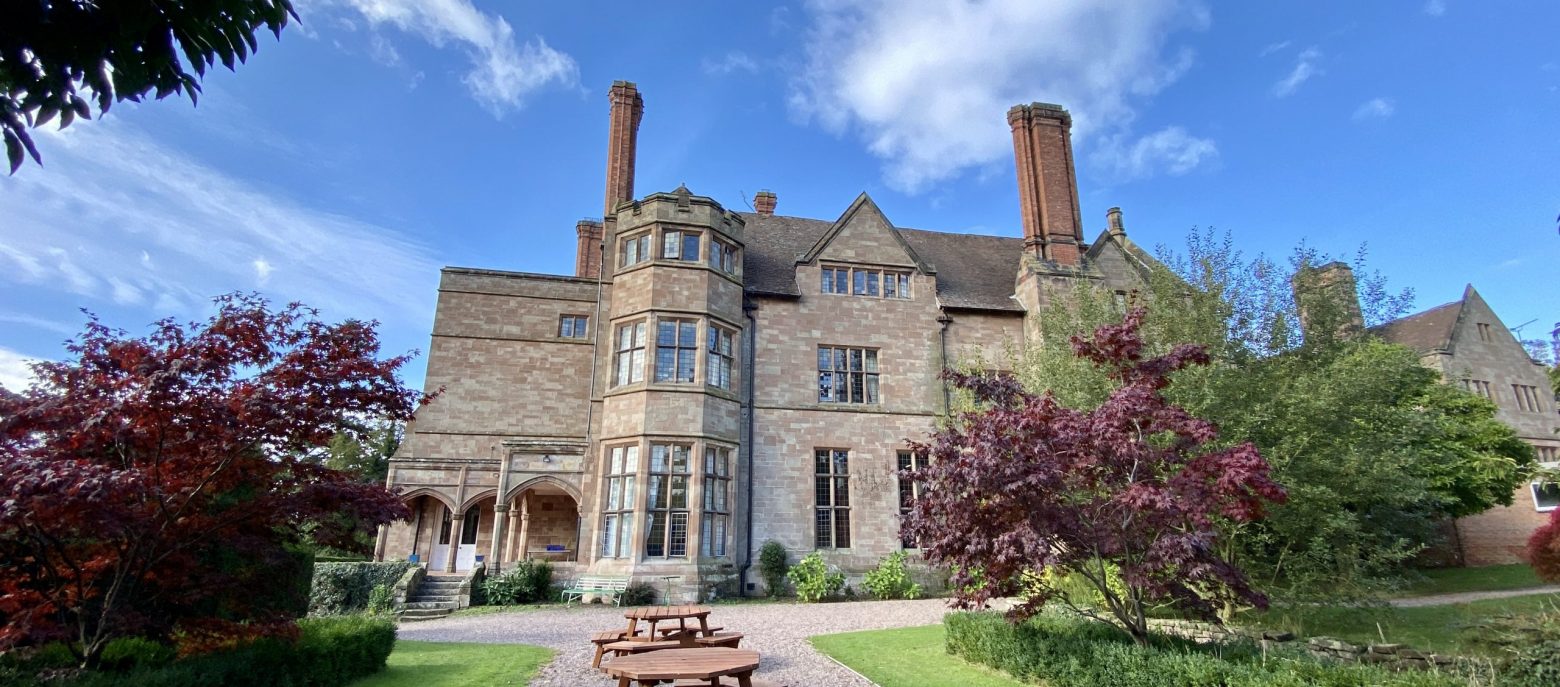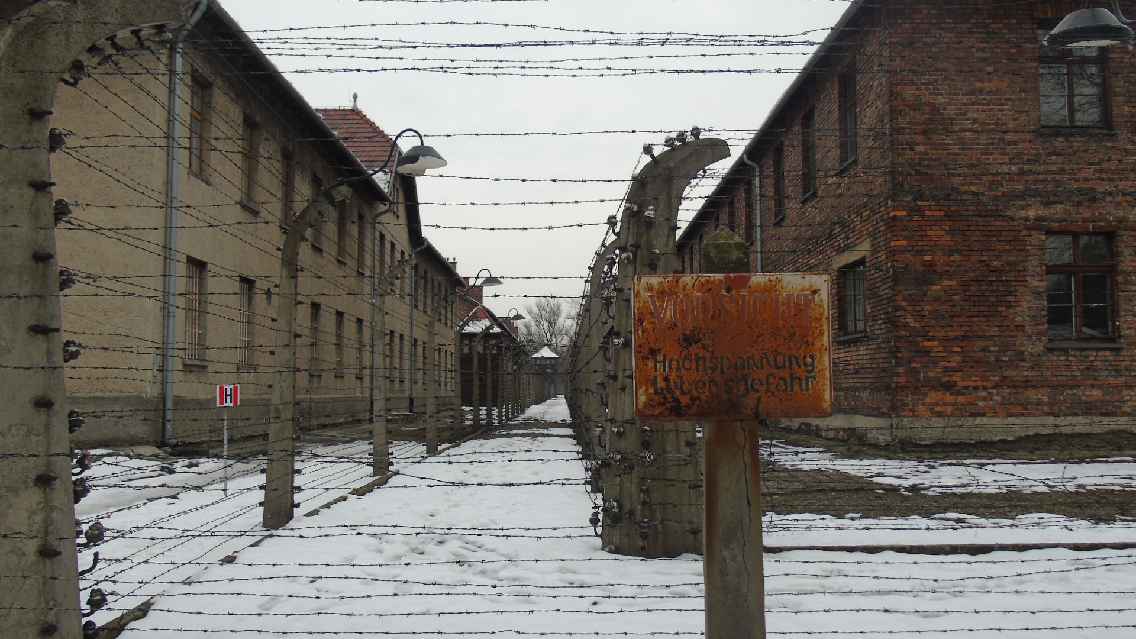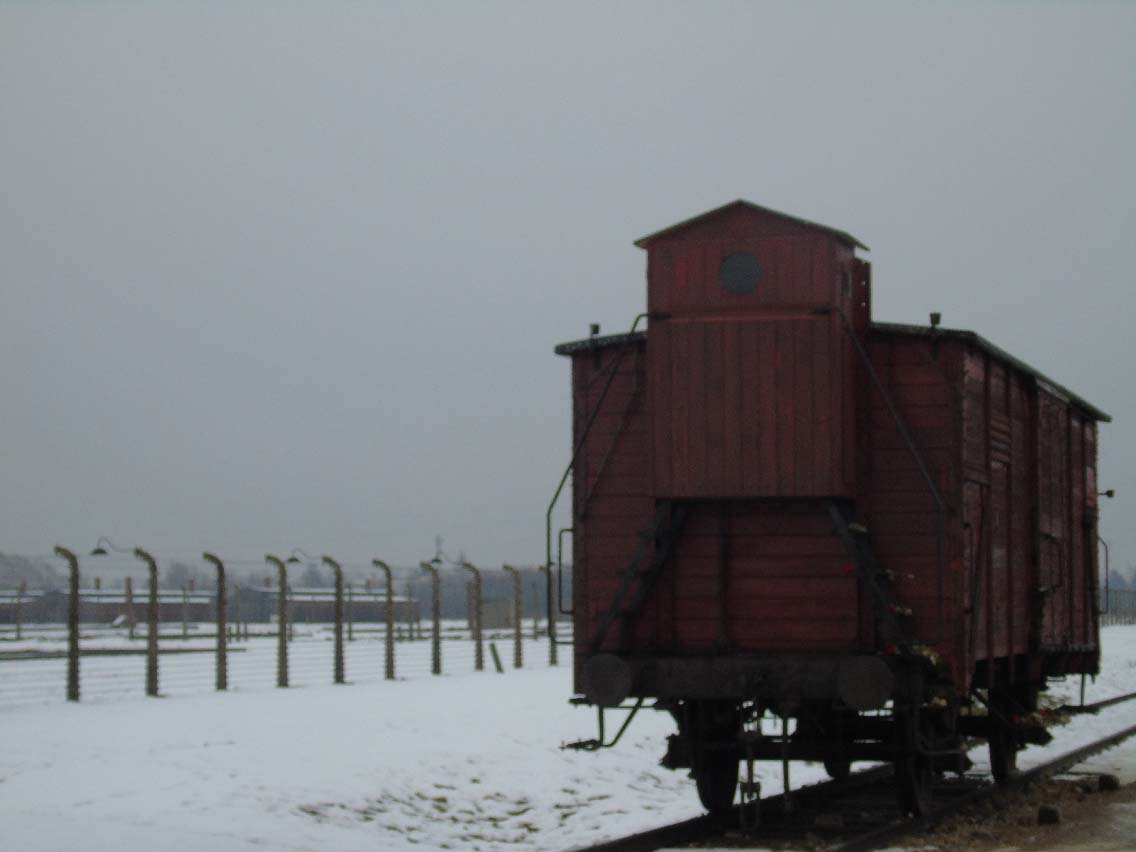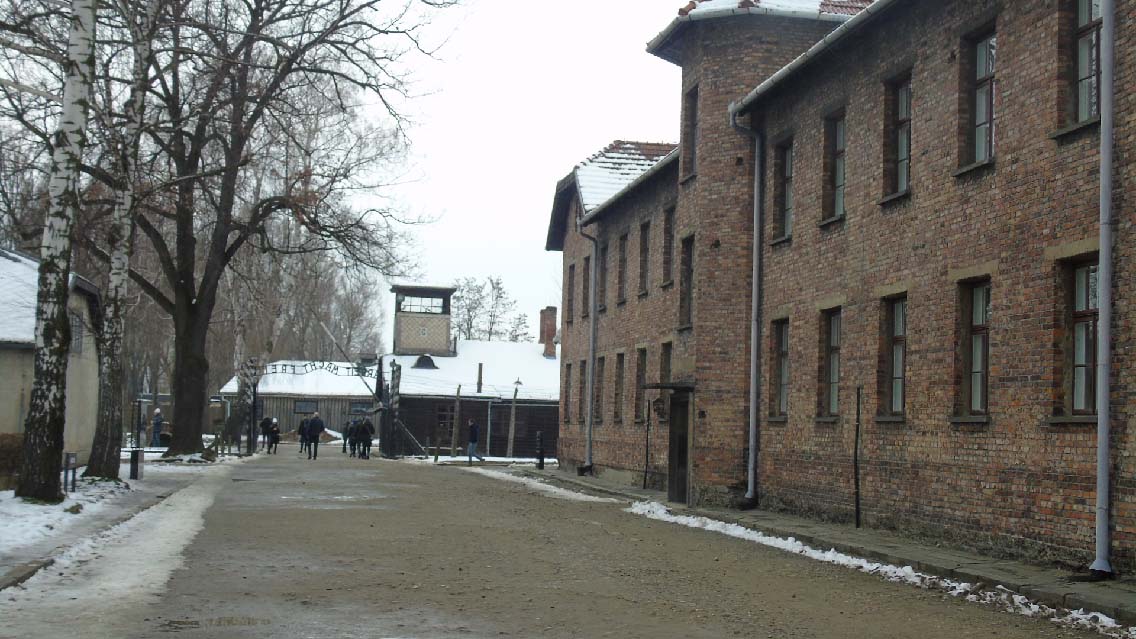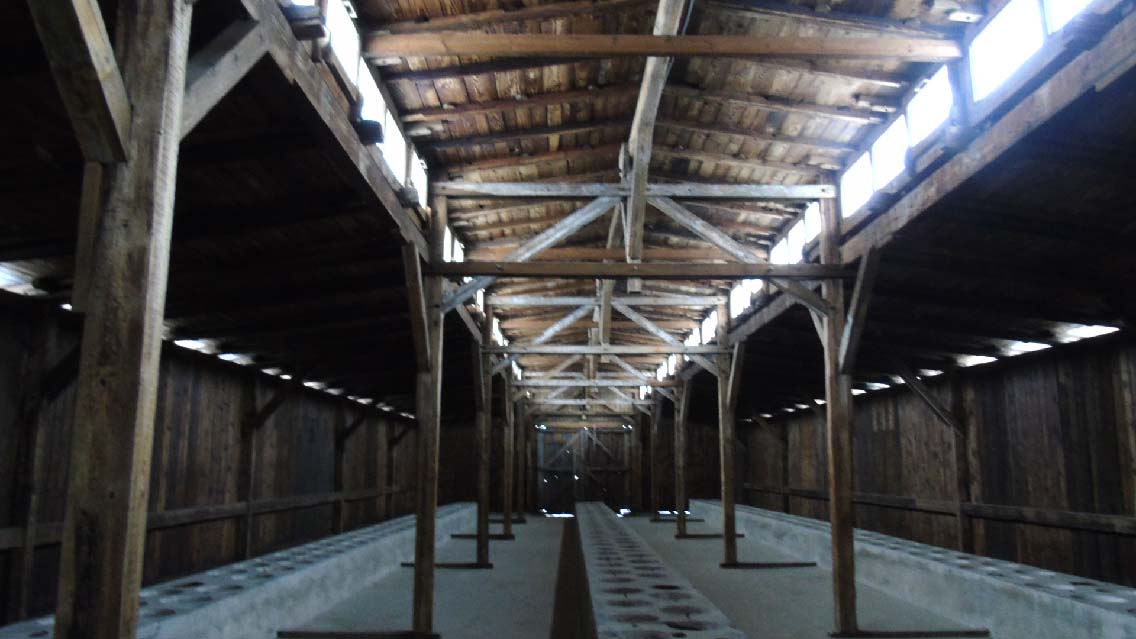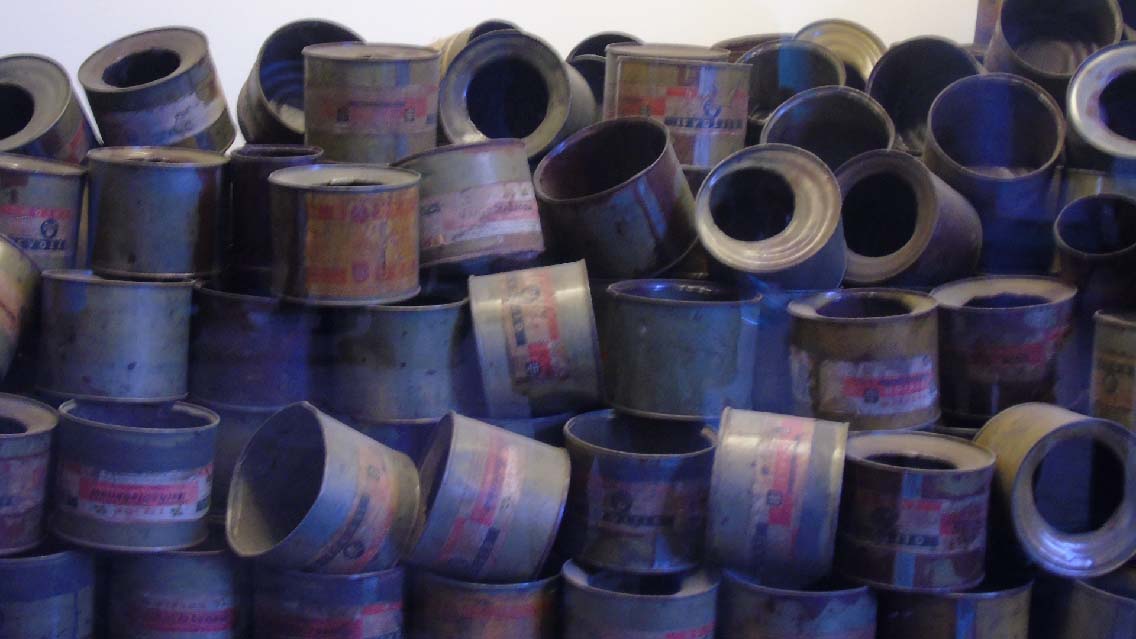On Tuesday 13th February at 7:00am in the morning I, along with 200 other students from the West Midlands region, set off from Birmingham airport for a day to Auschwitz. This trip was organised by the Holocaust Memorial Trust’s: Lessons from Auschwitz Project which aims to increase knowledge and understanding of the atrocities that took place in the death camps.
After landing in Krakow we were split into groups that were led by educators, all of whom had expertise knowledge of Nazi Germany. I was particularly fortunate in being part of a group that travelled with a Jewish Rabbi; his presence enabled us to understand the events in Auschwitz and persecution of Jewish citizens from the perspective of Judaism in great depth.
Auschwitz and Auschwitz-Birkenau are not too far away from a small town called Oświęcim. Before the Second World War this town had a thriving Jewish community; however, like many towns of Poland, after the Nazi regime invaded, almost all members of the Jewish community were sentenced to the concentration camps for hard labour and death.
We walked through the streets of Oświęcim that were paved with thick snow and led to the site of where a synagogue once stood. The synagogue before the war had 2,000 seats, and thus became known as the Great Synagogue; it was intended to represent the position of the local Jewish community and the monumental building would have been easily distinguishable in the pre-war landscape of Oświęcim.
However, now it is but a plot of grass and trees by the Soła River as the Nazi regime burned and totally destroyed the remains of this religious building.
As we stood on the site and listened to the Rabbi read a descriptive account of the architecture of the synagogue; I could only try to visualise its intricate design and the presence the hundreds of Jewish civilians who would have regularly worshipped there.
It was a short drive from the site to Auschwitz I and many students from the group, including myself, were surprised at the close proximity of the camp to the town.
As we all approached the infamous gate branded with ‘Arbeit macht frei’ it was simply surreal. This very gate and opening to the camp holds not only a historical significance but it appears in many films and cultural references. Therefore, there was a sense of overwhelming realisation that we were all standing in the very site where the universally acknowledged worst case of genocide occurred.
Led by our very own Auschwitz guide we visited through several blocks where iconic exhibitions such as the rooms full of shaven hair, shoes, suitcases and pottery were.
Just staring through the glass window barrier and peering into the mount of belongings for a short while was only enough to slightly soak in the sheer mass of people who were forced to stay in this death camp.
Perhaps the most significant exhibition for me, personally, was the ‘Traces of Life’: The World of Children. It was a simple white room that featured drawings made by the very children who lived in the camps and a dedication to the 1.5 million Jewish children murdered. The drawings were, to put it rather frankly, horrific; they depicted tragic accounts starting from pictures of families leaving home to thin figures being hung on the gallows. It was this room that fully conveyed the psychological damage many victims faced; it was hard to understand that even to the tender eyes of children there was no escape against suffering.
[ngg_images source=”galleries” container_ids=”8″ display_type=”photocrati-nextgen_basic_slideshow” gallery_width=”600″ gallery_height=”400″ cycle_effect=”fade” cycle_interval=”10″ show_thumbnail_link=”1″ thumbnail_link_text=”[Show thumbnails]” order_by=”sortorder” order_direction=”ASC” returns=”included” maximum_entity_count=”500″]
The exploration of the camp ended with a last visit to the gas chamber. It was in this very room where countless people were stripped naked, stuffed in against each other like cattle, kept in the pitch black and inevitably gassed to death. Scratch marks were visible on the walls and shower heads on the ceilings were still placed as it is known the Nazi officers would lie to the victims that they were to have showers. The only light source in the room was a small square opening in the ceiling where the gas was release from; it illuminated the crumbling walls of the chamber and emphasised the dark atmosphere.
[ngg_images source=”galleries” container_ids=”9″ display_type=”photocrati-nextgen_basic_slideshow” gallery_width=”600″ gallery_height=”400″ cycle_effect=”fade” cycle_interval=”10″ show_thumbnail_link=”1″ thumbnail_link_text=”[Show thumbnails]” order_by=”sortorder” order_direction=”ASC” returns=”included” maximum_entity_count=”500″]
On the floor of the cremation room next to the chamber a visitor had placed a single red rose and pictures of a Jewish man who had clearly been a victim in this death camp as one of the photographs was a headshot of him in the distinct striped clothes that prisoners were forced to wear.
As we approached mid-afternoon, the coaches left Auschwitz I and made way to Auschwitz-Birkenau. From afar where I was standing, the iconic Guard Tower of this extermination camp could be seen as the building’s façade of dark brick pierced out against the flat and barren landscape. After entering through I had to stop in my track as I was dumbfounded by the utter scale of this camp that covers approximately 150 hectares; I had known the camp was large but actually being there in reality and looking across to the horizon of wooden huts, barb wired fences and train track was an entirely different experience then simply looking at photos or maps.
Our guide took us through the wooden prisoner barracks of the camp where the triple bunk beds still stood. The frail planks had no mattresses or blankets as most prisoners had only but their clothes for warmth; these squalid conditions worsened during the summer as prisoners would have shared a single bed with three other people during days where the temperature rose up to 23 degrees.
We made our way deeper into the camp and entered the latrine huts where there were rows of rectangular cement blocks with circular holes which were communal toilets that served to thousands of prisoners each day. The guide described the conditions as horrific as maggots and flies infested the hut which made Nazi officers refuse to go near the perimeter of the building; therefore, it became a haven for prisoners who seeked a place away from the guards.
As evening started to draw on we visited the ruins of Krema II and Krema III which were gas chambers where 500,000 Jews were gassed to death with Zyklon-B. The Nazi officers had blown up the building with explosives a few days after they abandoned the camp following the defeat of the Axis powers.
It was on this sight where we held a memorial where students read poems and testimonies of survivors. All those from the public who visited Auschwitz-Birkenau that day had left; we were the only group in the camp and as we listened to the Rabbi’s prayer it was at that moment where I felt a great appreciation for my opportunity to visit not only such historical but equally spiritual sites in the matter of a day.
I look forward to completing my ‘next steps project’ and speaking to fellow students of my trip and spreading awareness of the events that took place in the Shoa.
“We must be listened to: above and beyond our personal experience, we have collectively witnessed a fundamental unexpected event, fundamental precisely because unexpected, not foreseen by anyone. It happened, therefore it can happen again: this is the core of what we have to say. It can happen, and it can happen everywhere.”
― Primo Levi
I would like to send special thanks to Reverend Burns, my close friends, the matrons and my trip partner Aishwarya (who unfortunately was unable to go on the trip last minute). Without their support and encouragement this journey would not have been possible, both logistically and emotionally.
Final thanks to the Lessons from Auschwitz organisation who provided me with great individual care during the day and who solely organised this extraordinary trip.
Sabbu Pun, Year 12P
Categories: Engagement





